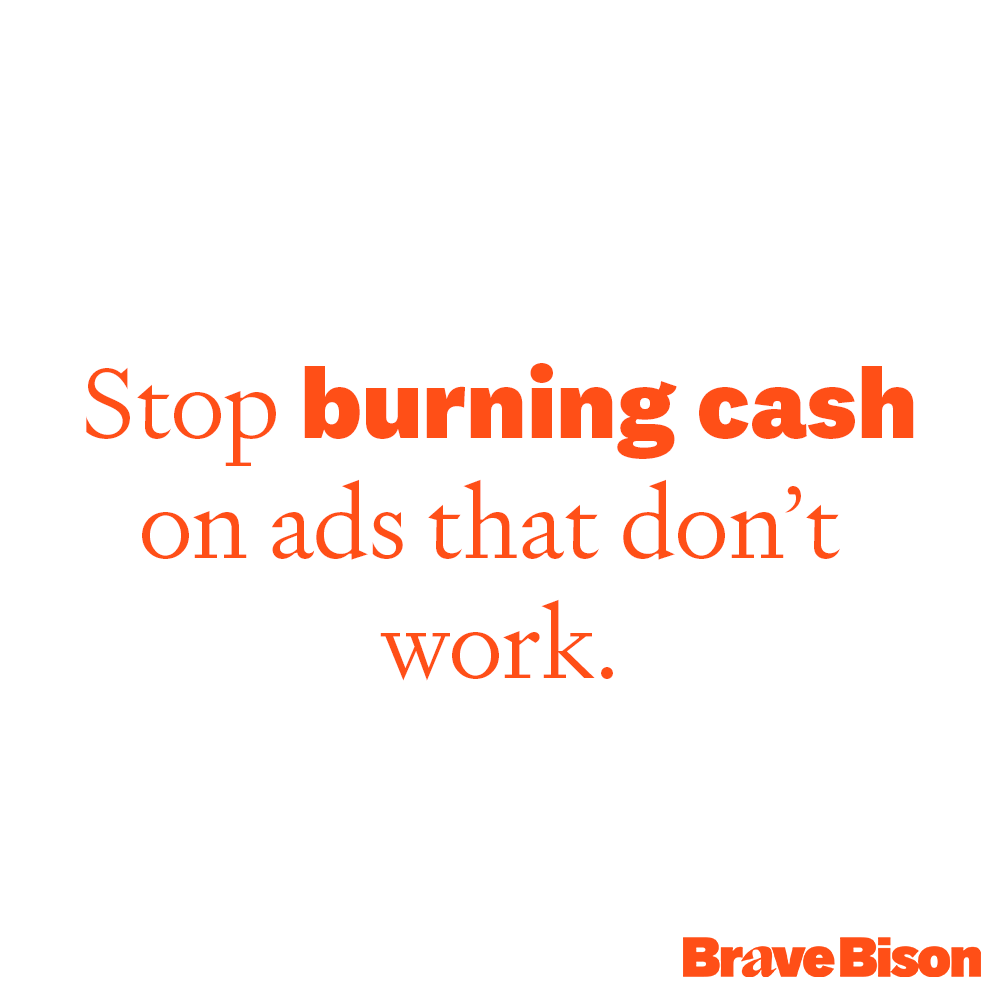
Did you know 50% of Paid Social performance comes from creative?
March 2023
50% of campaign performance is driven by creative. In our latest whitepaper, we show you how to get more bang for your advertising buck. No, really!
Download our guide for exclusive insider info from our Performance and Social & Influencer teams. Who have teamed up to bring you the very best expert knowledge on how your ads can get the results they deserve.
We dive into:
the value of creative in paid media, using a laser-focused creative strategy in tune with steadfast measurement
why you need quality creative to work with your data-driven advertising
how to effectively engineer digital ad creative for your audience that brings results
To help you create ads that boost revenue. Because if a picture really is worth a thousand pounds, then you need to make it count, right?
Meet the Experts:
Mark Byrne, Head of Paid Search & Social
Kit Bienias, Performance Director
Danielle Dullaghan, Social Media Strategist
Navya Hebbar, Data Strategist
What are you waiting for? It's time to discover how to engineer ad creative for your audience and prove its impact on performance. Get brave, download now.




